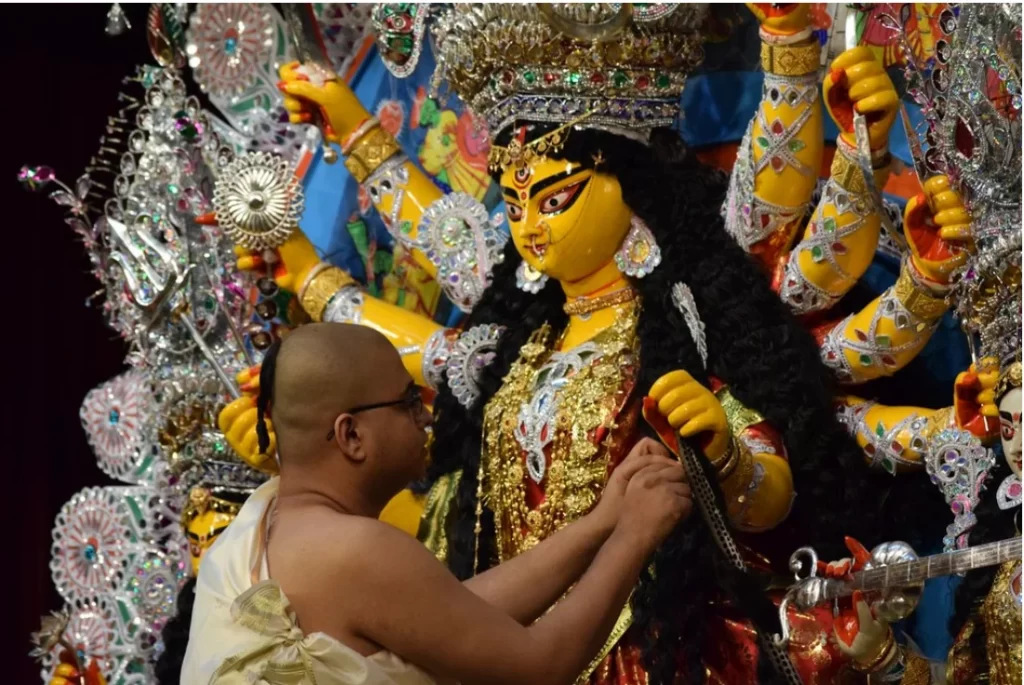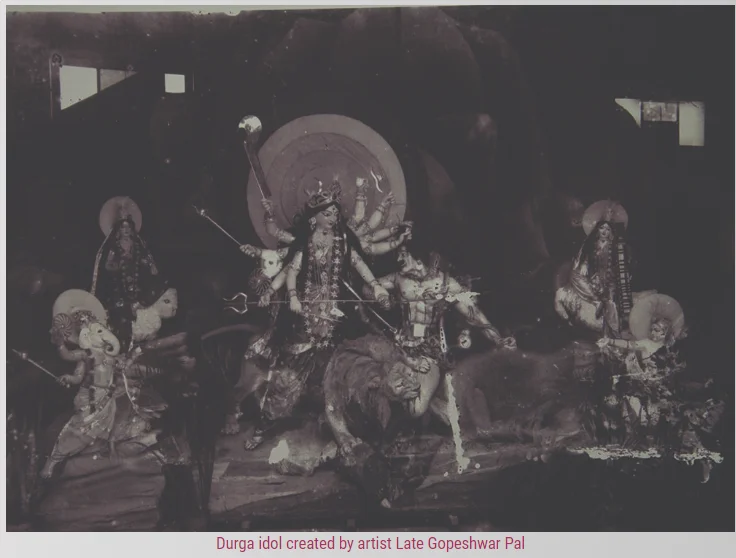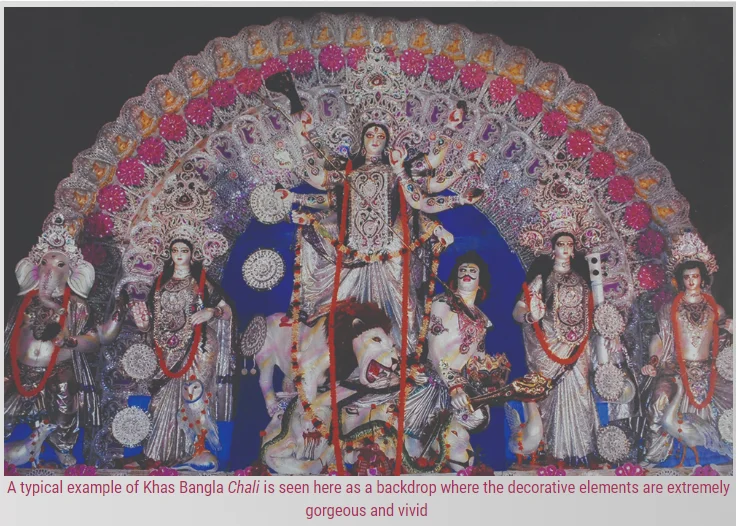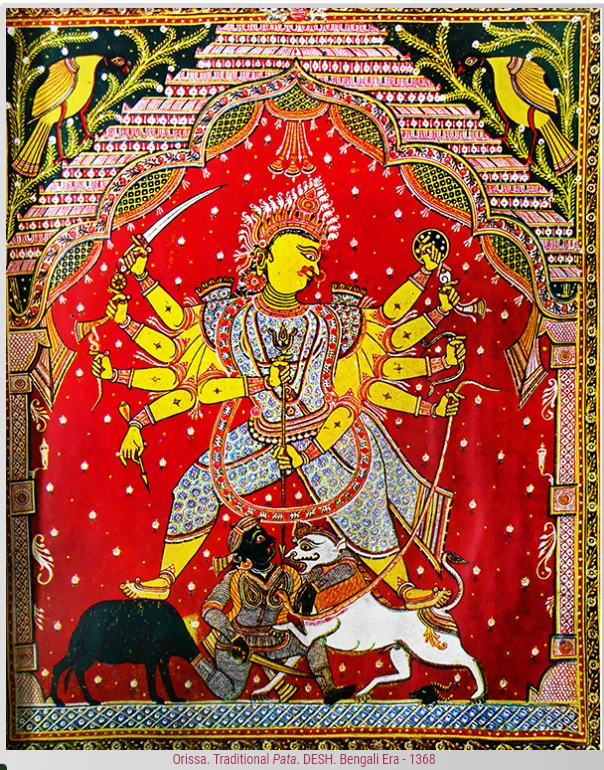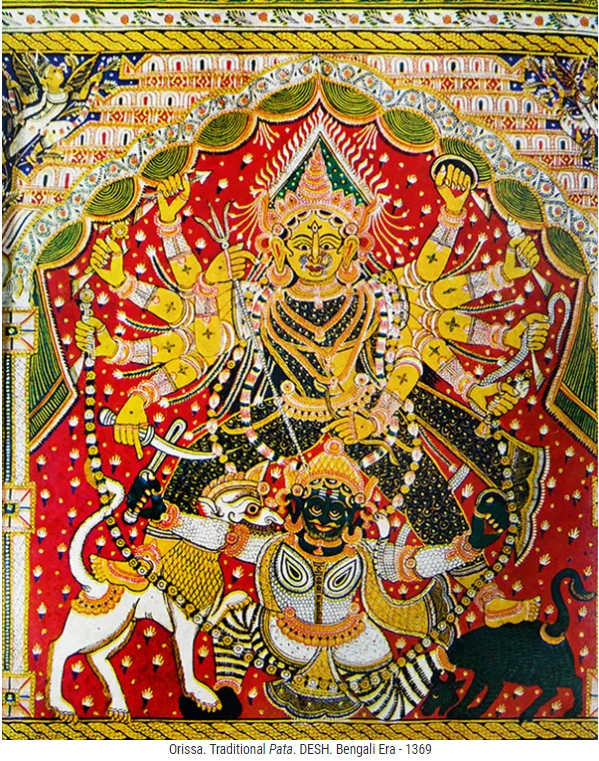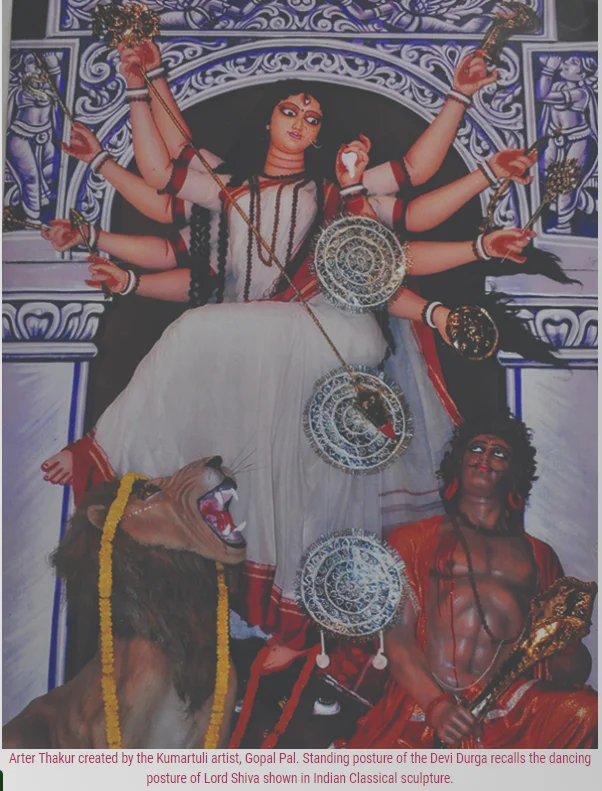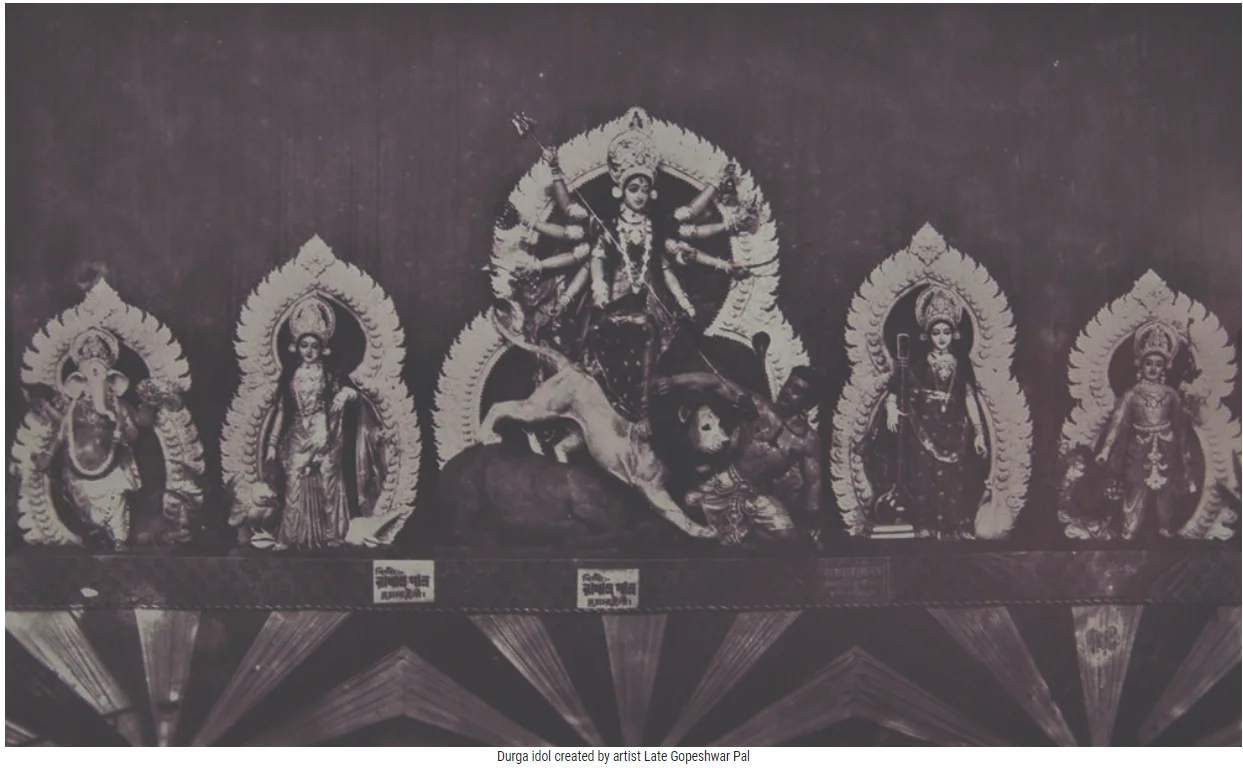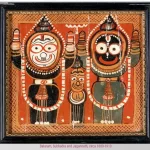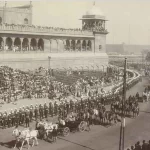THE DAY DEVI DURGA WAS BORN
Durga Puja – the worship to Goddess Durga is said to have been created by the three most potent Devas (Gods) in the Hindu pantheon, Shiva, vishnu and Brahma. The Devi Bhagvatam tells the tale of Durga’s birth. This sacred literature states that an Asura (devil) once gave birth to a son named Mahishasura.
Being an Asura by birth, he witnessed Devas defeating Asuras in every battle. Mahishasura, fed up with the Asuras’ inability to win, made the decision to do a lengthy penance, or tapasaya, to appease the Devas. Years passed.Because of Mahishasura’s devotion, Lord Brahma chose to bestow upon him a boon. Overjoyed by this chance, Mahishasura requested a blessing from Brahma that would prevent him from being killed by either a man or a god.
This meant that his only chance of dying would be at the hands of a woman, something he believed was unattainable. Making use of the blessing, Mahishasura attacked Earth with his army of Asuras. He slaughtered and pillaged without consequence. He soon became so consumed with power that he made the decision to conquer heaven, thinking he could rule over all three realms. The Asuras and the Devas engaged in fierce combat. In Amravati, Mashishasura ultimately vanquished the forces of Indra. Embarrassed, the Devas convened with the Tridevas (Bramha, Vishnu and Shiv) in an attempt to resolve the matter.
Born of Durga
The Tridevas, frustrated and incensed about the Devas’ setback, began to reflect. Considering the favor he had bestowed upon the Asura, Lord Brahma declared, “Only a woman can kill Mahishasura.” But which woman among the three realms possessed the strength to engage in combat? After uniting their minds, the Tridevas used their abilities to create energy that manifested as Devi Durga. To assist the Devi in killing Mahishasura, each of the Devas offered the Devi their weapon. The Devi was given a lion to ride by Himavat, the God of the Himalayas.
Fight Between Mahishasura and Durga
At first, Mahishasura laughed at the idea of fighting a woman when Durga came to Amravati. However, as the conflict dragged on, Mahishasura came to realize that the Devi’s tremendous abilities were greater than his own. The Devi never missed her target despite the Asura’s constant changing of forms during the ten days of combat. Durga promptly decapitated the Asura as soon as he transformed back into a buffalo, releasing heaven and earth from the oppressor.
Thus, Mahishasura Mardini (The Killer of Mahishasura) became the name given to Durga. Many of the idols of the Devi worshipped during the Durga puja are copies of this last tableau. Some idols depict Maa Durga destroying the Asura in a pose akin to Shiva’s during the Tandava.
HISTORY OF THE DURGA PUJA
Held during the Ashvin month (September to October), Durga puja, also called Pujo, is one of the most eagerly anticipated celebrations in India, particularly in West Bengal. The warmth that the believers emit fills the air even if the weather is starting to cool.
The Devi’s divine beginnings are lost in the fog of time. Over time, references to the Goddess can be found in a number of Vedic books, as well as the Ramayana and Mahabharata. Even much later, in the 15th century, Krittivasi’s version of the Ramayana describes how Lord Rama worshipped Durga with 108 blue lotuses and 108 sacred lamps prior to his fight with Ravana. On the tenth day of the Durga puja, Dashami, people celebrate Dussehra, the day that Lord Rama killed Ravana.
Celebration of the Durga Puja
The earliest records of the lavish Durga Puja celebrations in West Bengal by zamindars, or landlords, date back to literature written around the sixteenth century.
The kings and zamindars who oversaw and funded the Durga puja for the entire hamlet are indicated by various scripts. In Bengal, the Boendo Bariri Pujo, or Puja in the zamindars’ home, is still customary. Larger households set up the statue in their villas courtyards so that visitors may come and offer prayers to the goddess Durga.
Belur Math is among Kolkata’s most well-known establishments. Swami Vivekanand founded Ramakrishna Math and Mission, Belur Math, as its headquarters. Located on the Hoogly River’s western bank, this math center is home to a well-liked Durga puja. This is the same location where Swami Vivekananda performed the first Durga puja in 1901. The Durga puja at Belur Math, which was once performed inside a tiny pandal, now draws thousands of visitors each year.
MAKING OF THE Durga Puja’s Idol
Although the Devi has frequently been depicted in various forms, the Puranas refer to her as a formless supreme power. When Mahishasura and Maa Durga face off in the Devi Purana, Maa Durga refers to herself as “Adi Parashakti,” or a “Formless power.” Nonetheless, the captivating atmosphere and beauty of the Devi are depicted in both our sacred writings and paintings.
Therefore, making an idol for puja involves much more than just combining clay and sand a few days before the puja. In order to fend off evil, the ultimate form of energy assumes a furious look, which is the result of love and devotion. This is the kind of art that is produced in Kumartuli year-round!
The last thing the Devi does before going to the pandals is to deck Maa out in a stunning saree, elaborate jewelry, and garlands. Paper, glitter, beads, and colorful threads are used to create the jewelry and garlands. Occasionally, the jewelry is created while the idol is being molded out of clay. After that, they are painted and embellished.
Durga Puja Pandals
Although Maa Durga is typically depicted as having ten hands, the Devi Bhagvatam Purana states that Mahalakshmi, a variant of Durga, is thought to have eighteen hands. The items that the Devas gave Maa Durga at the time of her creation are held in each of her hands. When the pujo’s aarti is performed, all of these items are worshipped.
Giant bamboo sticks are linked together to form the pandals, which are then covered in cloth. Maa Durga and the other idols are positioned on the stage at one end of the pandal. With her devotees occupying the remaining area.
Energy of Durga Puja
During the ten days of Durga Puja, Kolkata comes alive with energy and excitement. Every home celebrates every day with limitless energy. Accompanied by the sound of dhak and shankh (conch shell) and the aroma of freshly cooked bhog. Every year, the joyful thought of the approaching holiday is brought home with the appearance of the panchang. A calendar that includes the date and hour for puja.
Mahalaya heralds the start of the fortunate Durga puja and the conclusion of the 16-day Pitru Paksha Shraddha. During which we pay respect to our ancestors. It is thought that Devi’s journey to her mother’s house began on this day. The Chandi Path is a united sound that may be heard in the morning on radios and televisions throughout the Bengali colonies.

